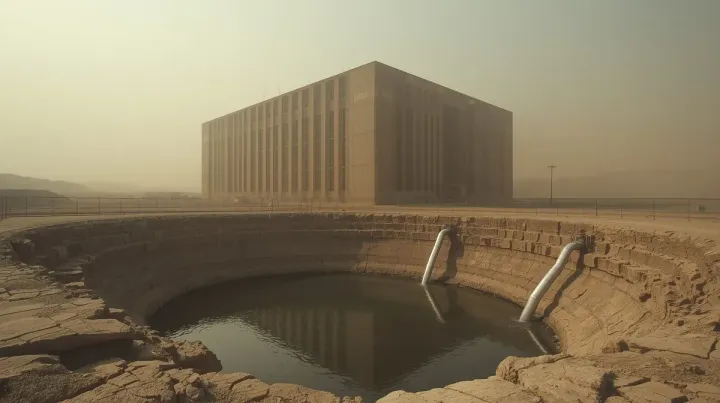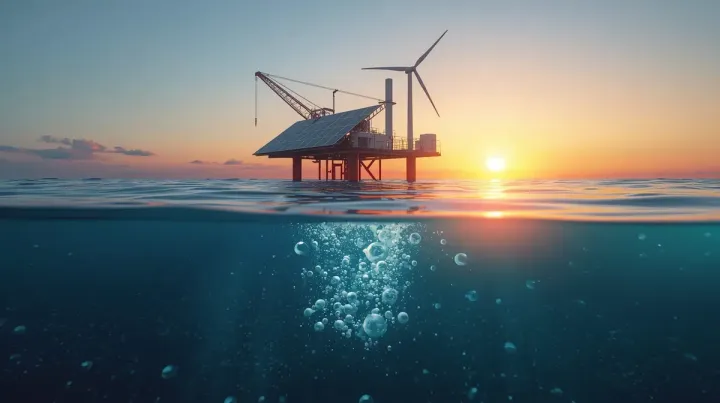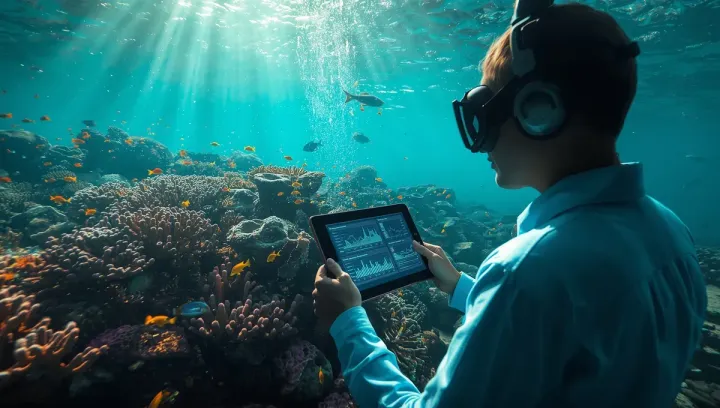
An AI Lifeguard? How Artificial Intelligence is Preventing Ecological Disasters
It’s not every day you see a headline that combines Artificial Intelligence with saving fish, but that’s exactly what’s happening in Australia’s Murray-Darling Basin. According to a report from ABC News, AI is being deployed in a critical trial to prevent the kind of mass fish deaths that have become a tragic symbol of ecological imbalance.
For years, the region has suffered from devastating ecological events, with hundreds of thousands of fish dying due to poor water quality and low oxygen levels. It’s a complex problem driven by drought, water management policies, and climate change. Now, technology is being brought in to provide a new line of defense.
How Does It Work?
The project involves a high-tech fish passage on the Darling River that uses AI-powered systems to manage the movement of native fish. Here’s a simplified breakdown:
- Sonar Detection: Sonar systems, much like those used in marine navigation, are set up to monitor the river. These systems can detect the presence and movement of fish in the water.
- AI Analysis: The sonar data is fed into an AI model. This isn’t just a simple fish counter; the AI is trained to identify different species, estimate their numbers, and analyze their behavior. It can determine when fish are congregating in areas where they might be at risk.
- Automated Passages: Based on the AI’s analysis, automated gates and passages can be opened or closed. This allows authorities to strategically move fish from high-risk zones to safer areas with better water flow and higher oxygen levels, like Lake Wetherell.
Think of it as an intelligent, automated traffic control system for fish, guiding them away from danger before a crisis hits.
Beyond Counting Fish
This is a fascinating example of how AI can be applied to real-world environmental challenges. It moves beyond simply monitoring a problem and into the realm of active, preventative intervention. The same article hub from ABC News also mentions other intriguing uses of environmental tech, like using AI and sonar to detect crocodiles and even creating “bubble curtains” to protect cuttlefish from algal blooms.
What excites me about this is the shift from reactive to proactive conservation. For too long, we’ve been in a cycle of witnessing an ecological disaster, documenting the damage, and then debating the cause. This technology offers a chance to get ahead of the problem.
Of course, it’s not a silver bullet. AI can’t solve the root causes of drought or fix the political complexities of water allocation in the Murray-Darling Basin. But it is a powerful tool that can mitigate the immediate impacts and buy us precious time.
It’s a practical, targeted application of AI that could have a significant positive impact. It’s not a dystopian robot or a world-changing AGI, but an AI lifeguard, quietly working to keep an ecosystem alive. And frankly, that’s the kind of AI story we need to see more of.
Source: This post was inspired by the article “AI deployed in bid to prevent more mass fish deaths in outback NSW” from ABC News.


